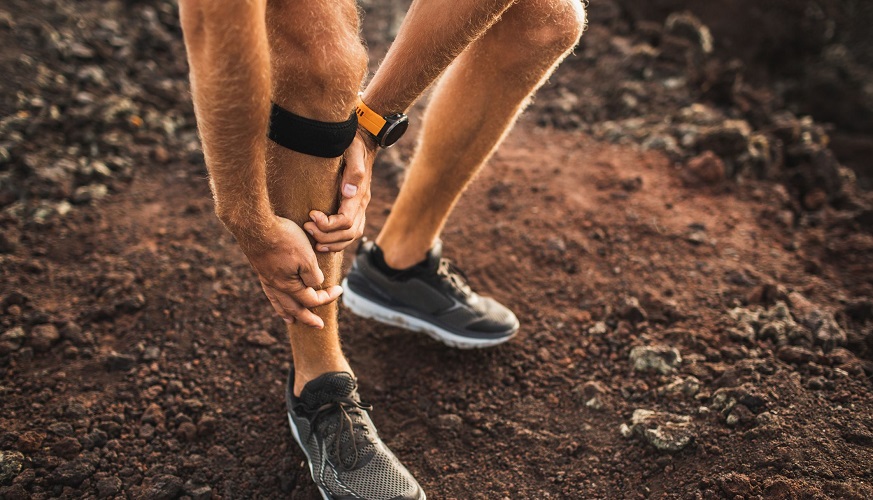Most people are aware of how critical exercise can be for your fitness and health. In saying that, there may come a time when your body says, wow, that was a bit too hard. You may just end up with a strained or pulled muscle as a result. So, what can you do about those pulled and strained muscles so that you can be back in action as soon as possible?
How Do You Pull or Strain a Muscle?
Before we help you take care of your pulled or strained muscle, it’s essential to get to know how they come about in the first place. Extensive pressure, sudden pressure, or overstretching are the most common causes. They can happen during a regular workout or during everyday tasks such as lifting something heavy or moving in a way you don’t usually.
A strained muscle can be quite painful, but it’s also something you can take care of at home. If, however, you feel extreme pain that doesn’t subside, a trip to your doctor may be in order.
How to Know You’ve Pulled a Muscle
When you pull a muscle during exercise, you will most likely know about it. A spasming feeling often follows immediate pain. You may also notice redness, bruising, swelling, weakness, and limited flexibility. The discomfort may also continue long after that muscle or muscles are at rest.
Pain from a strained muscle usually dissipates after a day. However, ongoing discomfort may mean you’ve got a sprain or tear, rather than a strain.


